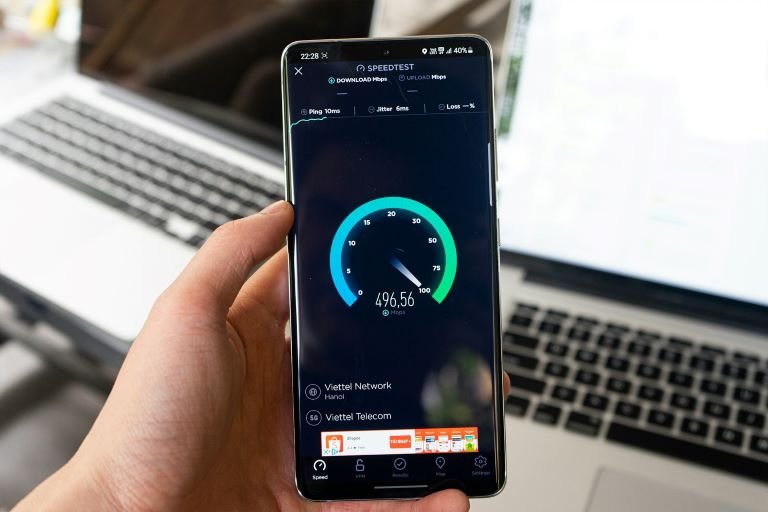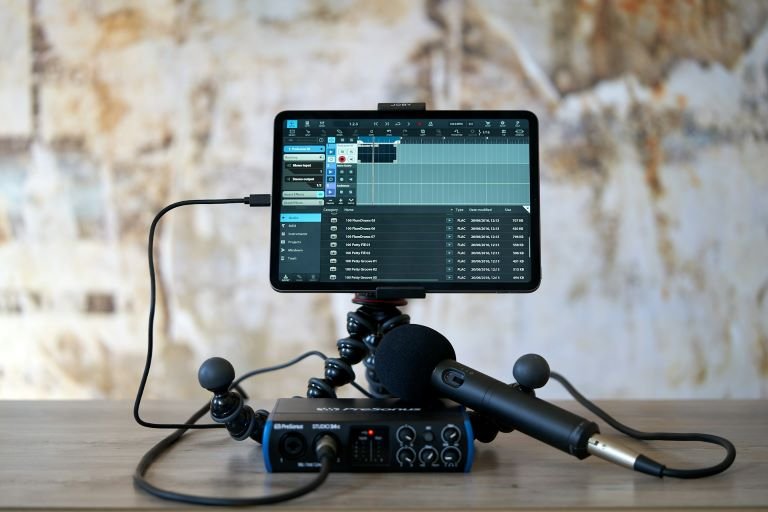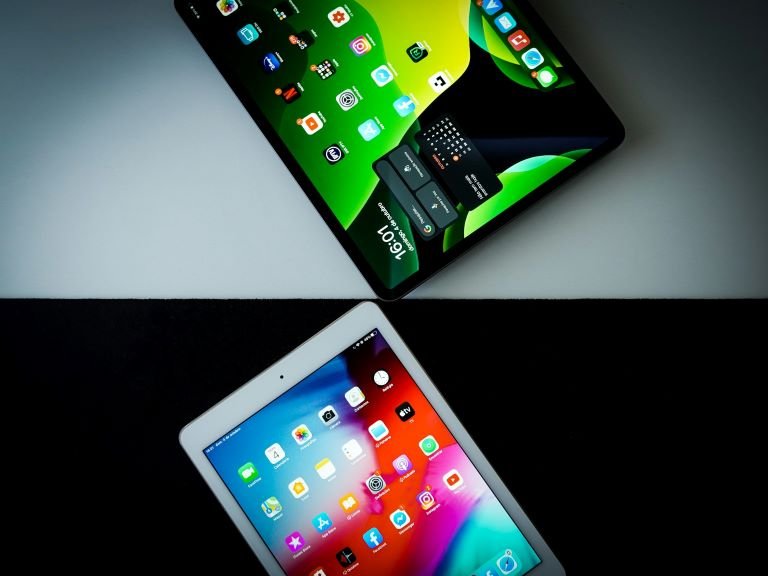
Smartphone Recommendations Based on Specific Needs
Here are some suggestions for choosing a smartphone based on your main needs. 1.

To find the best laptop for your needs, consider the following key factors based on your primary usage:
© Neo Gen Devices, All rights reserved, 2025.

Here are some suggestions for choosing a smartphone based on your main needs. 1.

Here’s a breakdown of the best tablets based on specific use cases: 1. For

Let’s explore the reasons why you might want the latest tablet computer to-hand. 1.